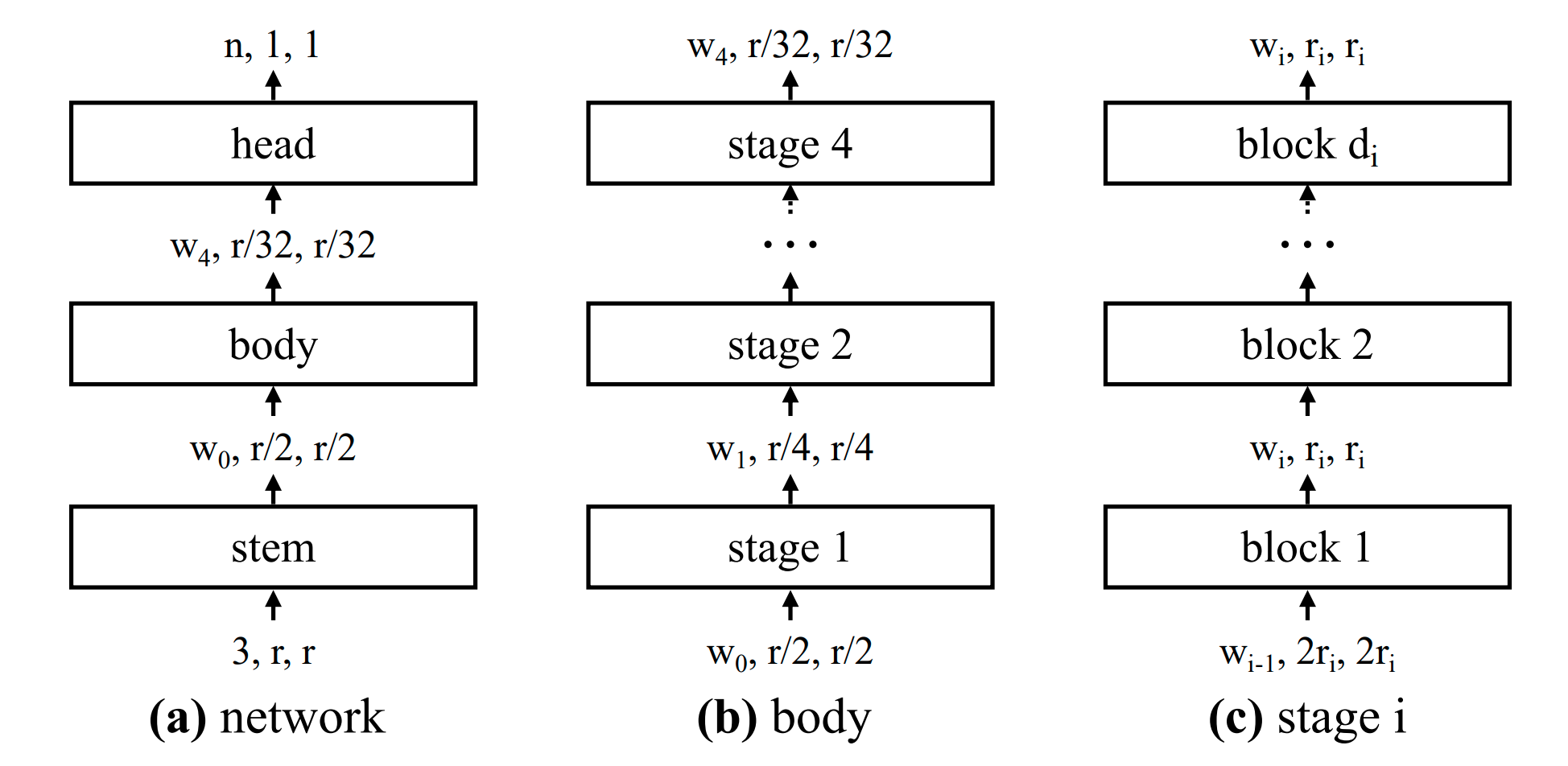metadata
license: apache-2.0
tags:
- vision
widget:
- src: >-
https://huggingface.co/datasets/mishig/sample_images/resolve/main/tiger.jpg
example_title: Tiger
- src: >-
https://huggingface.co/datasets/mishig/sample_images/resolve/main/teapot.jpg
example_title: Teapot
- src: >-
https://huggingface.co/datasets/mishig/sample_images/resolve/main/palace.jpg
example_title: Palace
RegNetModel
RegNetModel model was introduced in the paper Vision Models Are More Robust And Fair When Pretrained On Uncurated Images Without Supervision and first released in this repository.
Disclaimer: The team releasing RegNetModel did not write a model card for this model so this model card has been written by the Hugging Face team.
Model description
The authors trained RegNets models in a self-supervised fashion on bilion of random images from the internet
Intended uses & limitations
You can use the raw model for image classification. See the model hub to look for fine-tuned versions on a task that interests you.
How to use
Here is how to use this model:
>>> from transformers import AutoFeatureExtractor, RegNetModel
>>> import torch
>>> from datasets import load_dataset
>>> dataset = load_dataset("huggingface/cats-image")
>>> image = dataset["test"]["image"][0]
>>> feature_extractor = AutoFeatureExtractor.from_pretrained("zuppif/regnet-y-040")
>>> model = RegNetModel.from_pretrained("zuppif/regnet-y-040")
>>> inputs = feature_extractor(image, return_tensors="pt")
>>> with torch.no_grad():
... outputs = model(**inputs)
>>> last_hidden_states = outputs.last_hidden_state
>>> list(last_hidden_states.shape)
[1, 1088, 7, 7]
For more code examples, we refer to the documentation.
